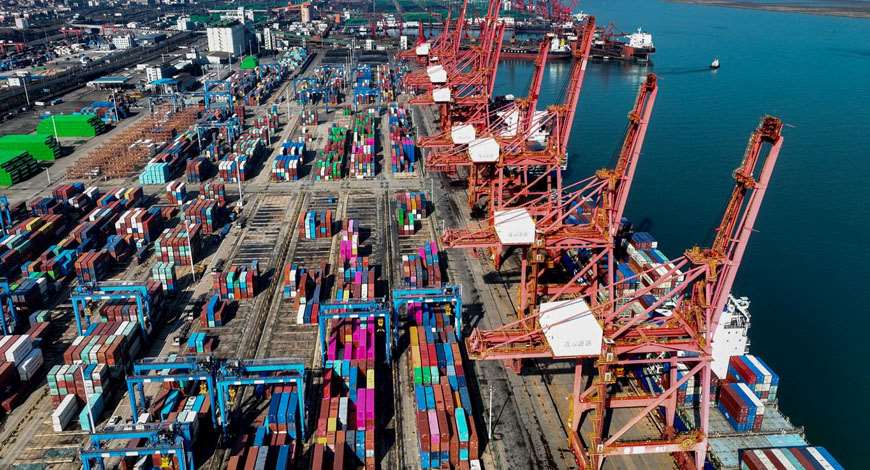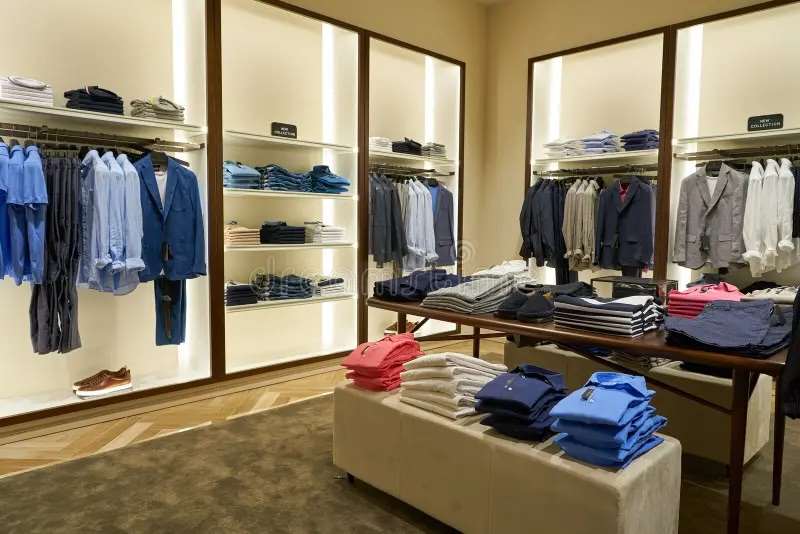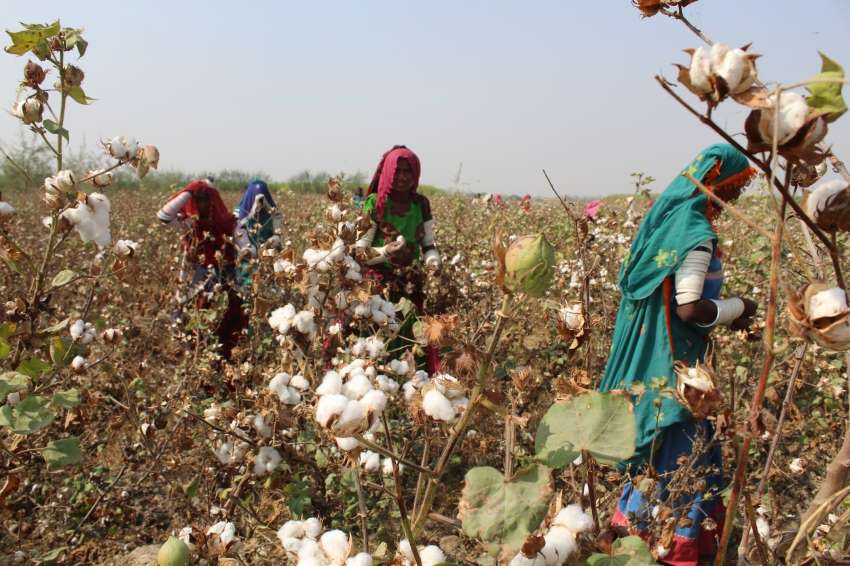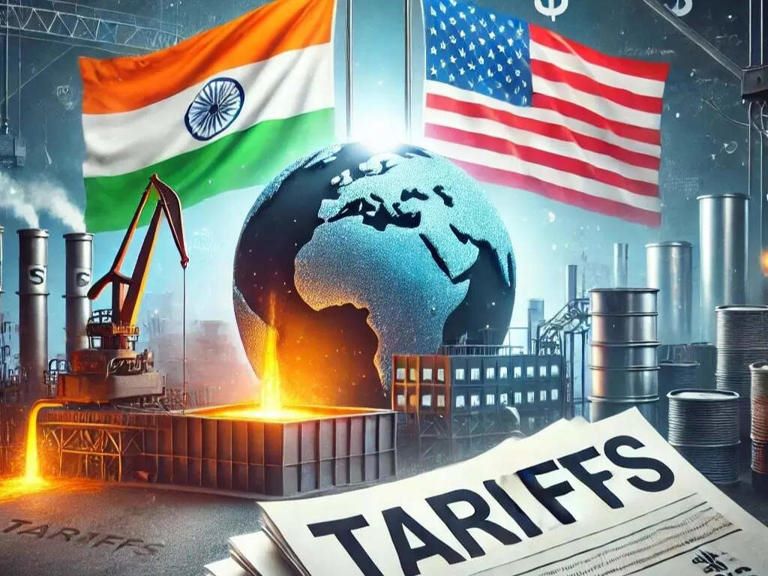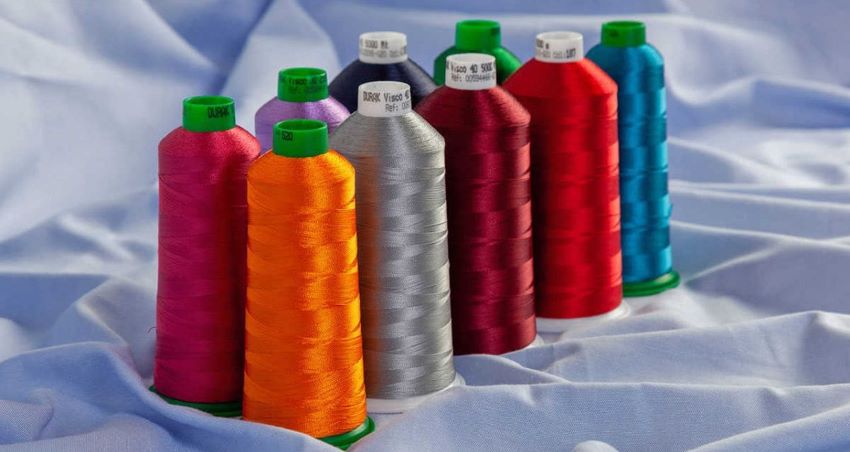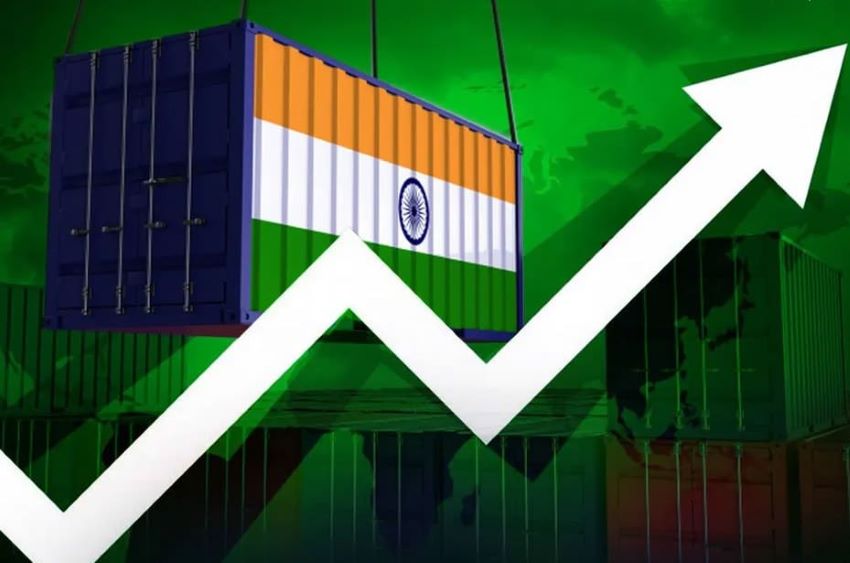FW
The Russian nonwovens and technical textiles industries is facing a decline in demand in the domestic market. The biggest rates of decline have been observed in the middle and high price segments. One reason for the decline in demand is the rapid devaluation of the national currency.
During January to October this year, the volume of production of technical textiles and nonwovens in Russia declined by about 15 per cent compared to the same period last year. And the decline is expected to continue until the end of the current year. In the case of technical textiles, the increase in prices for raw materials, in particular synthetic fibers and yarns, has resulted in a significant increase in prices for finished products and there is a possibility that prices will continue to grow during the next few months.
The industry is facing growing production costs, in particular for energy and labor. In contrast to many European Union and Asian states, where governments often subsidize building of large facilities for the production of technical textile and nonwovens, Russia’s industry gets small support from the government.
The situation is aggravated by the reluctance of national banks to provide loans to domestic producers of nonwovens and technical textiles.
China the world's second biggest cotton grower will probably have lower output than expected. Its estimated 2014-15 production is 6.51 million tons, down 4.3 per cent from its August forecast and 6.9 per cent less than last year. Early in the growing season, farmers were plagued with dry conditions that stunted plant growth. That was followed by a period of unusually heavy rains in September, which hurt crop quality along the Yellow River Basin. A smaller domestic crop means the country, the top consumer, may buy more from overseas, helping to erode global inventories that have swelled to a record.
So China may import more cotton than is currently estimated. However, China has so much cotton inventory waiting to be sold that the output reduction almost doesn’t matter. Prices slumped 29 per cent this year as global production is set to exceed demand for the fifth straight year.
After China’s stockpiles swelled to an all-time high, the government scrapped policies aimed at building inventories and instead is offering a subsidy to farmers if prices fall below a pre-set target. The country is one of the main buyers of fiber from the US, the biggest exporter. India is the largest cotton producer in the world.
Import of denim apparels by the US fell by 7.5 per cent from January to October '14 compared to the same period in 2013. The average price has also fallen by about 8.6 per cent. Import of denim into the US increased in 2013 by over four per cent compared to 2012.
Denim sales in the US have been under pressure. Women prefer yoga and athletic wear, which are versatile and comfortable. Form fitting garments like stretchy pants that look like denim are stealing consumers away from denim. So denim companies are fighting back and coming out with products to compete with yoga wear. High stretch abilities going up to 100 per cent with strong recoveries and high comfort quotient are being brought out by innovative companies.
But it will take time before denim can recover lost ground. Sales of active wear in the US have climbed seven per cent while denim sales have fallen. Top retailers are increasing their offerings of athletic and leisure apparel.
Heimtextil India 2015 will be held in New Delhi, June 25 to 27, 2015. The organizers have decided to focus on technical innovations, upcoming talent, knowledge sharing as well as home furnishing and textile market developments.
The event creates healthy competition by bringing the best in the industry on one platform. The fair will be 40 per cent bigger than the previous one. Major Indian brands are expected to participate along with international manufacturers of home furnishing and contract textiles. It will feature home planners, interior designers and buyers, especially bulk buyers and retailers, from various segments across the country.
The fair will bring modern home textile and furnishing products from India and across the globe within the reach of Indian buyers. Among the products on display will be a vibrant line of plush velvets, digital prints and exquisite embroideries as well as a new digitally printed bed sheet collection in exquisite designs and colors.
Growth of modern trade outlets, retail revolution and the move towards luxury and premium products are reflecting the vibrancy and upbeat mood of the Indian home textile industry. The business is expected to witness a compound annual growth rate of around 8 per cent during 2013-2018.
heimtextil-india.in.messefrankfurt.com/
Esprit and Puma have announced a series of steps to clean up the supply chain and introduce responsible production practices. Esprit has announced that it has achieved the removal of all poly fluoro carbons from its supply chain four months ahead of schedule. The company also said that in the past 18 months, it has tested and evaluated the discharge from 33 of its core facilities in China and Bangladesh, reporting the results of 42 per cent of these on the IPE web platform.
It is committed to training all its suppliers in the Manufacturers Restricted Substance List, use of positive formulations and delivery of responsible use of chemicals. As a part of its own detox agreement, Puma said it will ensure all its products are poly fluoro carbon-free by no later than the end of 2017. Puma is committed to eliminating all long-chain carbons by January 2015 and all other fluoro carbons by December 2017.
Esprit in 2013 invested in modern in-house test equipment. It’s one of the few fashion brands with its own in-house laboratories where it can check its products for restricted substances as they arrive at the warehouse. It uses these facilities in addition to independent test reports.
The Dhaka Apparel Summit 2014 was held from December 7 to 9. It was hosted by the Bangladesh Garments Manufacturers' and Exporters' Association. The event provided the country’s readymade garment exporters an opportunity to present Bangladesh as a strong and reliable brand before participating stakeholders. Its aim was to highlight the recent progress achieved in fire and electrical safety and the sound working environment that has been established in factory units.
Bangladesh hopes to reach a milestone of $50 billion in exports by 2021. Right now it is contributing five per cent share to the total global apparel demand. This endeavor is to open and frame a sustainable roadmap on building responsible supply chains in the textile and garment sector by regaining the positive image of the industry in the global apparel market.
The summit was attended by around 57 global speakers, along with representatives of the governments of home and partner countries, international organisations, employers, private sector employers and workers. Among the issues discussed were business and investment trends, global sourcing dynamics, compliance issues, coordination between different government agencies, product and market diversification, resource efficiency and its social, financial and economic benefits, environmental health and safety.
The International Wool Textile Organisation held a two day roundtable in Belgium recently. It was attended by 90 stakeholders. The discussions centered around how to shape and strengthen international policy for a more sustainable wool industry. The event highlighted the many knowledge gaps and misconceptions attached to wool fiber. It presented some of the latest technology for a closed loop business model, including the microwave destruction of sewing threads, and computer-aided sorting in a session on wool and recycling.
IWTO is the international body representing the interests of the world's wool textile trade and industry. Its membership covers wool growers, traders, primary processors, weavers, garment makers and retailers of wool and allied fibers in its member-countries as well as all kinds of organizations related to wool products and the wool business in general. Its mission is to connect all parts of the wool supply chain in order to strengthen wool’s credentials as the world’s leading sustainable fiber and represent the wool industry at international level.
The organization communicates the benefits and value of wool to both internal and external stakeholders; documents and disseminates the science that supports wool’s unique natural properties; links members and international agencies and organizations; governs the trading standards and regulations for wool across the world and supports a platform for information and knowledge-sharing.
www.iwto.org/
To prevent over-dependence on a single market, and to make the most of trade agreement advantages, Vietnamese textile and garment businesses are looking for new material suppliers beyond China and India is on the radar. Vietnam feels the material available in India for textiles and garments is of high quality and diverse. Moreover, under the Asean-India free trade agreement, the two sides are committed to reducing taxes for many kinds of goods, including textiles and garments. This offers Vietnam ideal conditions to import from India.
While Vietnamese businesses are good at weaving and sewing, they are weak at dyeing. And Indian companies are good at it. Therefore, the two sides should cooperate in this field. Over the last decade, the Vietnamese textile and garment sector has gradually decreased its dependence on China. A decade ago, Vietnam imported 75 to 80 per cent of its textile and garment materials from China. By 2014, this figure dropped to about 45 per cent. India has replaced China to become the second largest cotton supplier. Fabric imports from India have grown 60 per cent.
Textiles and garments are among Vietnam’s key exports, and diversifying material supply sources is one of the measures domestic businesses have taken to ready themselves for new opportunities from the upcoming trade agreements.
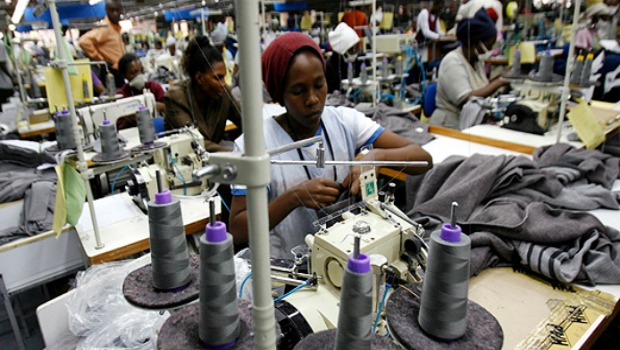 Companies like Ashton Apparel having a manufacturing base in Kenya are positive about making a quick move into the world’s apparel export market because of the better price they can offer. Ashton Apparel, for instance is already witnessing a turnover of over $100 million a year by supplying denim to biggies in the global market like H&M, Walmart and others. The company is now contemplating increasing the production capacities as well as factory workforce from 10,000 to 14,000 by the end of next year.
Companies like Ashton Apparel having a manufacturing base in Kenya are positive about making a quick move into the world’s apparel export market because of the better price they can offer. Ashton Apparel, for instance is already witnessing a turnover of over $100 million a year by supplying denim to biggies in the global market like H&M, Walmart and others. The company is now contemplating increasing the production capacities as well as factory workforce from 10,000 to 14,000 by the end of next year.
Factors in favour of growth
Kenya's apparel industry, valued at $330 million a year, according to the Kenya Association of Manufacturers is still small compared to its competitors with an estimated 30,000 workers against the $23 billion industry in Bangladesh that employs 4.2 million people. In Kenya, the industry comprises only six per cent of the small manufacturing sector, according to the World Bank.
But with adequate government intervention and industry friendly policies are helping the players  promote their export potential. The government has introduced a hefty new subsidy, this year slashing the cost of power from Ks18 ($0.20) a kilowatt hour to Ks 9 to woo investments in the segment from textile manufacturers. The government is certain that the sector can also create 300,000 jobs opportunities if the country can take advantage of the opportunity of grabbing a larger slice of the global clothing market, estimated by the International Textile Manufacturers Federation to amount to $1.5 trillion.
promote their export potential. The government has introduced a hefty new subsidy, this year slashing the cost of power from Ks18 ($0.20) a kilowatt hour to Ks 9 to woo investments in the segment from textile manufacturers. The government is certain that the sector can also create 300,000 jobs opportunities if the country can take advantage of the opportunity of grabbing a larger slice of the global clothing market, estimated by the International Textile Manufacturers Federation to amount to $1.5 trillion.
ITMF is one of the fast-expanding apparel manufacturing companies in Kenya that exports to Europe. While the ITMF says factory wages reach $500 a month along China's coastal rim ($250 in the interior), monthly salaries in the same sector in Kenya are $120-$150. The death of more than 1,100 workers in the 2013 collapse of a garment factory in Bangladesh is also pushing global buyers to re-evaluate their sourcing options. Though Bangladesh emerged as the second-biggest clothing manufacturer after China and quickly overtook competitors in China, Indonesia and Vietnam, the issues like fire and building collapse are putting a question mark on their production and infrastructure facilities.
Unlike Bangladesh, African countries also have duty-free access to the US apparel market under the African Growth and Opportunity Act (Agoa). Both jurisdictions have duty-free access to the EU, so African countries still tend to be outcompeted there. Industry leaders such as ITMF’s Vice President Jas Bedi are also lobbying for a 15-year extension to Agoa when it comes up for renewal next year.
Combating competition from low cost Ethiopia
Kenya also faces considerable competition from Ethiopia. Although 46 Asian manufacturers visited Kenya this year keen on setting up manufacturing base in the region to serve large US buyers such as PVH and VF, both of which want to expand their African operations—only one is in serious talks with Kenya. If the proposed $500 million deal comes off, the textile manufacturer will source geothermal energy at the site, making overheads even cheaper. But the rest of the visiting party was more taken by Ethiopia, where energy costs are the equivalent of Ks3 a kWh and labour costs are at least half those in Kenya. The government in Ethiopia has also set up functioning business parks for factories.
The Kenyan government aware of the advantages Ethiopia can offer. And it is putting in efforts to woo buyers to source from Kenya, indicating the government's high-level support for boosting the sector. Also Ethiopian workers are not used to working in apparel factories contrary to Kenyans, who are expert clothes makers. Also the next business park in Ethiopia would only be ready by 2017. An opportunity - Kenya’s export industry must explore and take hold of before it’s too late.
Insqin, a new polyurethene coating technology from Bayer MaterialScience, will be advertised in an unusual way. The campaign is aimed at textile manufacturers and clothing brands. It will set Insqin apart from the competition by emphasising its visual appeal rather than concentrating on its environmental-friendly properties.
Insqin is a turnkey solution for a new generation of polyurethane coated fabrics. It is a waterborne coating (as opposed to solvent-based technology). Waterborne fabric coatings are more environmentally sound than solvent-based ones. While competitors have tended to focus on sustainability in their communications, the campaign for Insqin centers on the concept of inspiration. Insqin will be positioned as an inspiration to technology.
The coating results in more brilliant colors when water splashes the fabric. So the campaign features bold images of models being splashed with water. The campaign is handled by Doremus and FleishmanHillard.
Bayer MaterialScience is among the world’s largest manufacturers of high-tech polymer materials. It’s a global market leader in polyurethanes. The company develops and produces the components for rigid and flexible foams as well as for solid materials. Diverse applications range from mattresses and ski boots to insulating materials for refrigeration appliances and buildings. The company also develops and produces polycarbonates.
https://www.materialscience.bayer.com/



